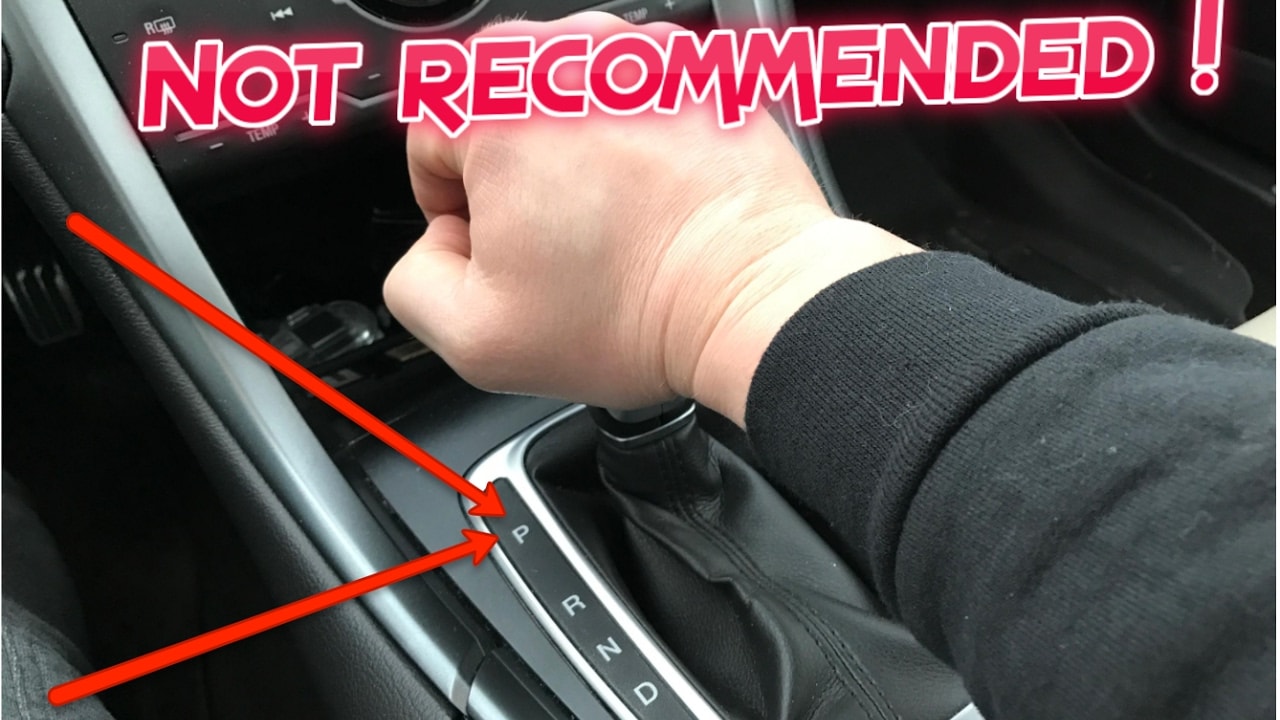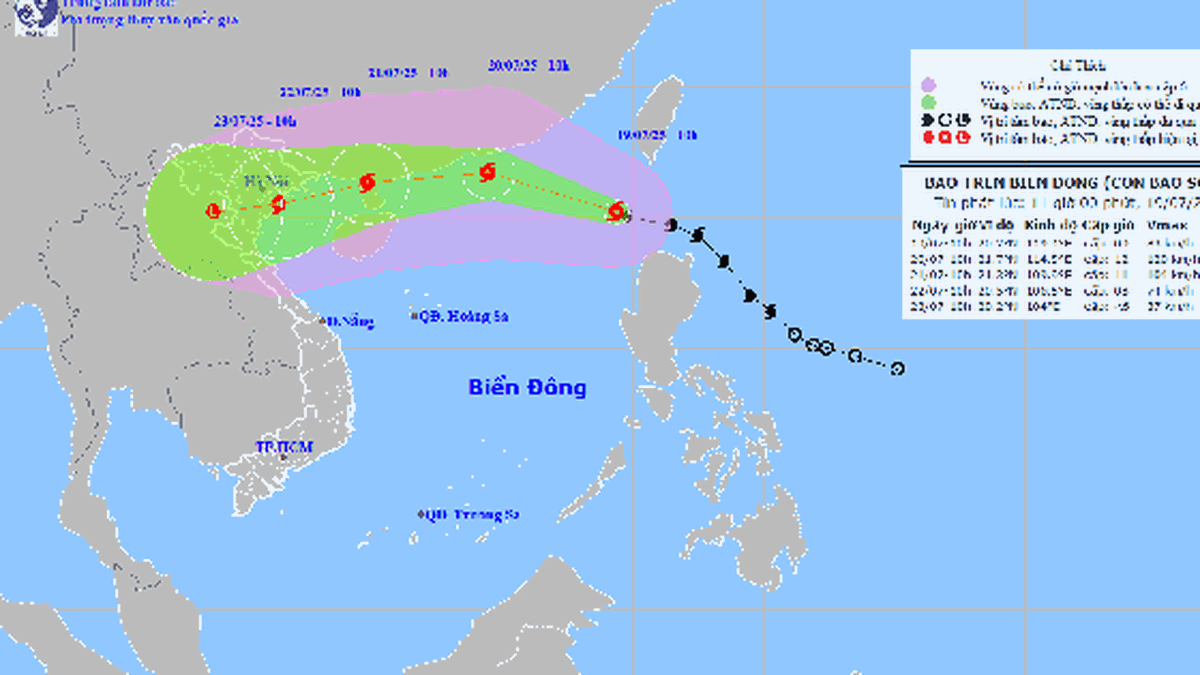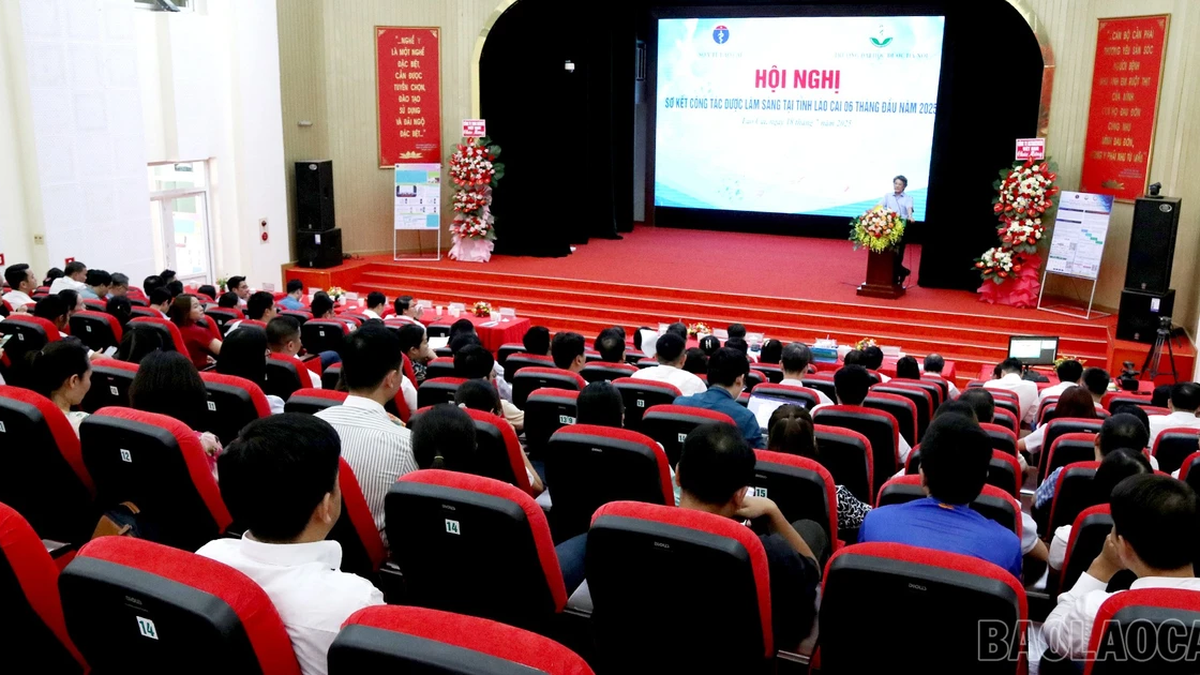Surely many drivers have thought about trying to shift into P while the car is moving, a bold but risky idea. However, most of us are either rational enough not to try it, or simply not curious enough to discover the consequences of this action.
With manual transmission cars, some drivers have tried to put the car in neutral while driving, which is not ideal but not too serious, just causing a slight jerk or causing the clutch to wear out faster. However, things are completely different if you intentionally shift into P while the car is speeding down the highway at a speed of about 100 km/h.

Photo: Internet
According to Engineering Explained, manual transmission cars allow flexible switching between gears or shifting to N at any time, but there is no concept of "parking" like automatic transmission cars.
Automatic transmission vehicles, on the other hand, are equipped with a mechanism called a “park pin,” which is a small mechanical pin that engages with the gears to lock the driveshaft when the vehicle is in P, preventing the wheels from spinning. This system is designed to only work when the vehicle is completely stopped. If you force the transmission into P while the vehicle is still moving, especially at high speeds, the pin can break, causing serious transmission damage and loss of control of the vehicle.
In other words, manual cars don’t have a dedicated parking mode, and instead rely on the handbrake to keep the car stationary. So, mechanically, shifting into P while driving a manual is essentially impossible. But with an automatic, doing so can cost you dearly, with your transmission or worse, your life.
Shifting to P while the car is running: Small action, big consequences
On automatic transmission vehicles, P is designed to lock the wheels via a small mechanical pin, called a parking pin, that engages with a gear in the transmission, preventing the vehicle from moving when it has come to a complete stop. However, if you attempt to shift from D to P while the vehicle is still moving, this seemingly harmless action can have serious consequences for the transmission.
Fortunately, modern automatic transmissions are equipped with a safety mechanism that prevents the parking pin from engaging before the car has come to a complete stop. However, in some cases, if this mechanism is bypassed, either by mechanical failure or by deliberate action, you may hear a dreaded “click” sound. That is the sound of the parking pin trying to squeeze itself between the teeth of a gear that is spinning at high speed.
This situation can lead to three scenarios, none of which are good news for your car. First, the parking pin may luckily fall into the slot, locking the gear. However, in reality, it is almost impossible for a fast-spinning gear to suddenly lock up unless the torque has been reduced to near zero.
Second, the pin may break if it tries to fit between the teeth rotating at high speed. And finally, the pin may not engage the gear properly but instead rub against it, creating a lot of friction, leading to wear, deformation and serious damage to both the pin and the gear.
Whatever the case, one thing is almost certain: the transmission will suffer serious damage. And as any car enthusiast knows, transmission repairs are never cheap.
Therefore, the advice for all automatic car drivers is to always stop the car completely, pull the handbrake before shifting to P, don't let a mistimed gearshift turn into an expensive mistake.
Some people have tried it so you don't have to risk it.
With the cost of repairing an automatic transmission being tens or even hundreds of millions of dong, deliberately shifting the car into P mode while driving just to “see what happens” is not a good idea.
In addition to the risk of completely damaging the transmission, you also face more serious risks such as loss of control, sudden wheel lock-up or even rollover accidents if the transmission mechanism is suddenly interrupted while the vehicle is moving.
However, if you're still curious, the good news is that there are brave (or reckless) people who have done it for you and even recorded the whole process on YouTube.
YouTuber Garage Sideways did this test with a Nissan sedan, while the car was traveling at about 35 mph. Surprisingly, nothing too scary happened, the car continued to roll, and the transmission seemed to ignore the command to shift into P.
Similarly, AutoVlog also tried shifting into P while driving at higher speeds, between 96 and 100 km/h. While the situation seemed to go smoothly, he said he heard a slight whine coming from the transmission, and then had trouble shifting the gearshift back into drive. While the transmission was not damaged immediately, he warned that the test could have affected internal mechanisms.
In short, modern transmissions may be smart enough to protect themselves from missteps, but that doesn’t mean you should take the chance. The test videos online are a cautionary tale and a good reason why you shouldn’t shift into P before the car has come to a complete stop.
Source: https://baonghean.vn/dieu-gi-se-xay-ra-neu-ban-chuyen-sang-so-p-khi-xe-dang-chay-10302590.html



































































































Comment (0)